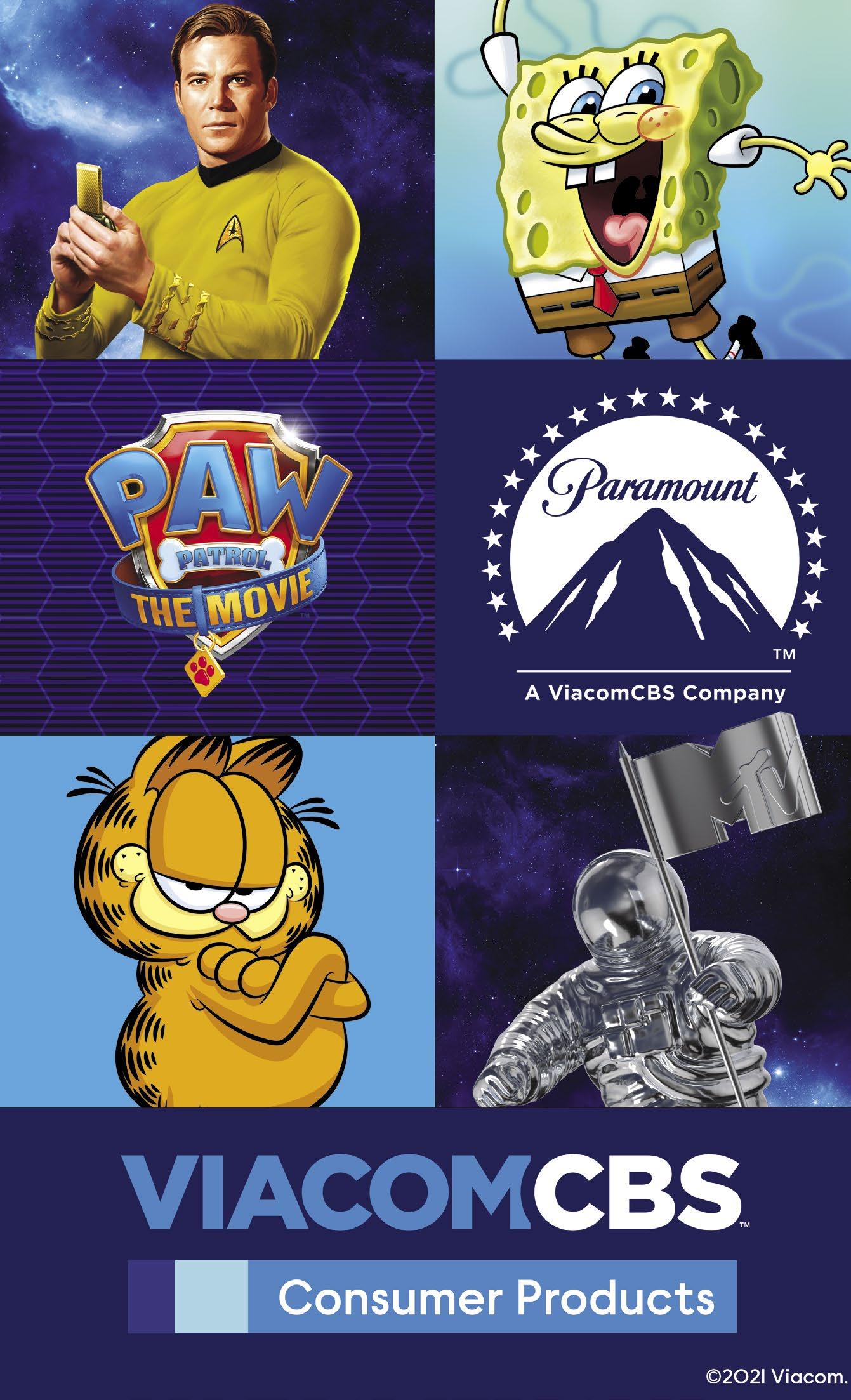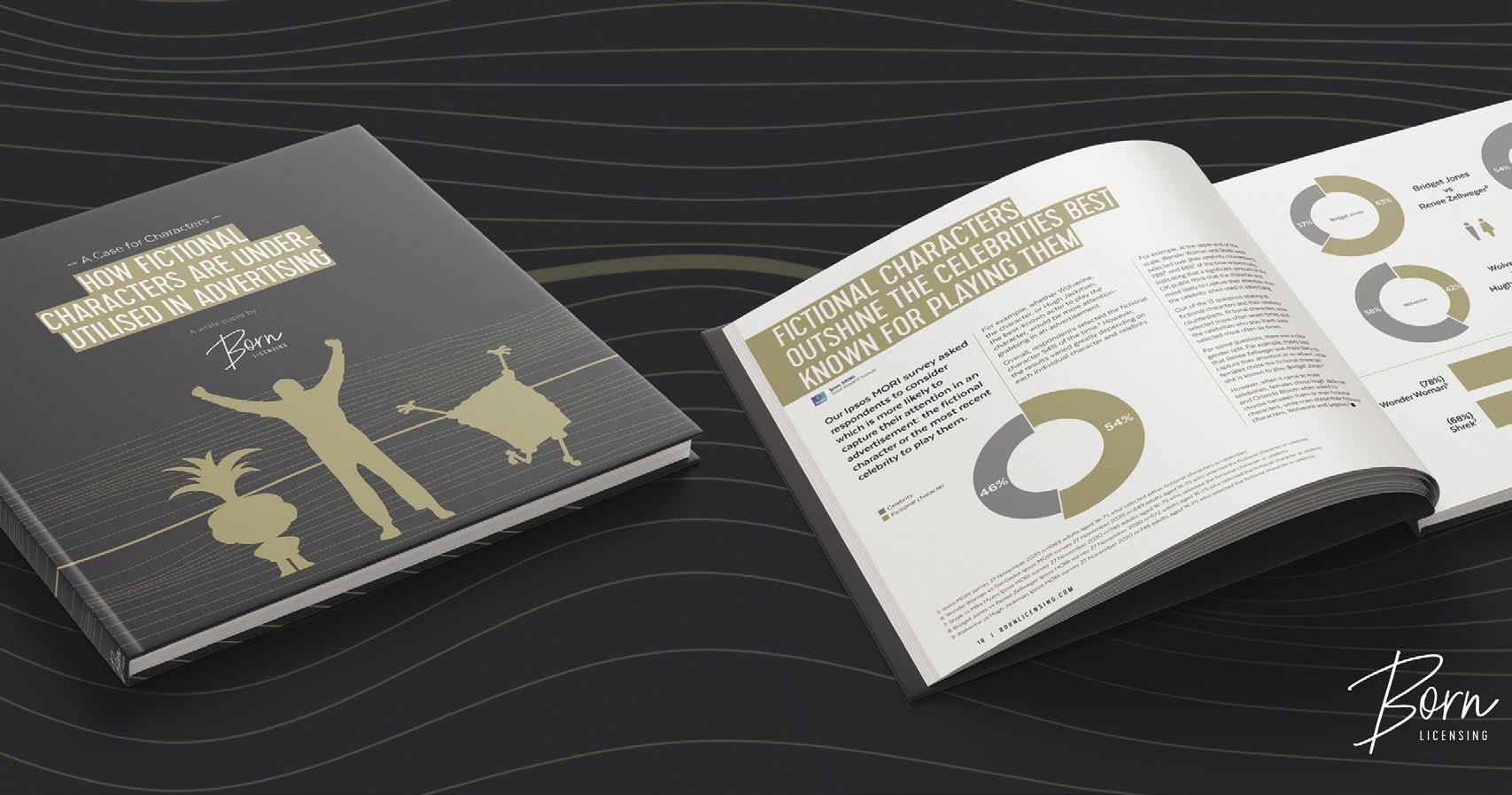TOTAL LICENSING
Data Everywhere: How Leading Licensing Firms Can Benefit from Advanced Data Management Strategies By Padraic Moore, Westend Software westendsoftware.com
Your boss calls first thing Monday morning and asks “Can you quickly get me answers to the following questions for my meeting this afternoon”: - Who were our top retail partners for plush products priced below $20 in 2020? - What countries saw the largest sales growth for action figures in 2020 vs. 2019? - What percentage of our licensees fully recouped their advances in 2020? And on average by how much? - How many days does it take for our products to go from concept stage to “onshelf ”? And for what categories did this lead time improve most in 2020? Not the quiet Monday you were hoping for and chances are none of us would have these answers at our fingertips. But we could and it’s very likely this will become an expectation for all of us moving forward. That’s because this is the reality of ever more popular data management applications and the licensing industry is no exception when it comes to both the need and the value these tools offer. But it’s important to consider some of the uniqueness of the licensing industry, evaluate where we are and identify what is a good strategy moving forward to get data under control and have it start working more effectively for all of us. Over the last decade the business world has hyper-accelerated the deployment of enterprise software solutions, online tools and digital applications into our daily work lives. As a result, most of us have now been exposed to or at least heard of the world of data analytics and business intelligence (BI) applications. As a quick overview, BI tools provide the ability to collect and combine different sets
26
of data, correlate them, analyze results and display important trends in real time to help organizations stay informed and make better decisions. But getting to the point where endusers can use BI to zero in on their most important info can be difficult. The licensing industry is not spared from these challenges as more of our companies try to implement better data management strategies. One aspect of the licensing industry that’s had a positive impact on data management is the proliferation of dedicated licensing software, such as WestEnd Software’s Workspace solution which offers integrated contract, royalty, product approval and BI tools. These “end-to-end” licensing software applications are great environments for collaboration, validation and reporting as products get approved and sold. As licensors, licensees and agencies utilize licensing solutions like Workspace more frequently, they are increasingly looking at data analytics as a next step and asking questions like “how can we leverage our data more effectively now that it is in one central location.” So how do we get to the data management finish line and what are the holdups? In the licensing world, a good way to think about data is to focus on where it comes from, how it gets processed and ultimately how it can be used for analytical purposes. This article attempts to breakdown the realities of licensing data and provide some best practices for companies to think about. While it goes without saying that not all licensing firms have identical software strategies, we are going to discuss scenarios for companies that are committed taking advantage of these exciting new IT trends. And this requires us to focus is on three
distinct sets of licensing data: collaborative data inputs, processed licensing results and data analytics for licensing. Together, these three areas are critically important to making data work for your organization, which will allow you to easily get your boss the answers to their Monday questions (or better yet, teach your boss how to use BI and get the answers themselves). Collaborative Data Inputs What is collaborative licensing data and where does it come from? There are two primary sets of collaborative licensing data: new products and new sales. Licensors and licensees enter into relationships that are dictated by: 1) the development and approval of new products that use licensed IP and 2) the reporting of actualized sales and royalties for these products. This is the basis of licensing partnerships and it represents much of the core data that is shared between licensors and licensees. But these data sets are not monoliths, as there are significant degrees of variance in the type, amount and quality for both product, sales and royalty data utilized across the licensing industry. It is therefore critical that firms define in very precise terms what data they need from their partners. For product data, there are myriad sets of data points that can be associated with a licensed product (i.e., meta data). This includes product name, SKU number, IP, product images, product category, product attributes, price points etc. As an example, WestEnd Software has implemented solutions for our clients where each licensed product has over 50 associated data points. However, just knowing that a product was made in a specific factory or approved for sales on a certain date is only valuable if it can be utilized by your data tools. Therefore, it is important that licensors and licensees work together to define product data re-




























